Editor’s Key Takeaways: Mastering the Art of Manual vs Autofocus

In exploring the choice between manual focus and autofocus, this blog post presents crucial factors to consider. Understanding the difference between the two is critical in choosing the right one to use. Autofocus allows the camera to set the focal point, handling most of the work in ensuring a clear shot. On the other hand, manual focus enables the user to set the focal point, providing more creative control over the image.
- Autofocus: It’s generally quick, although its speed varies depending on the camera and lens type. Sports-oriented equipment is typically much faster. Autofocus has seen advancements such as tracking, enabling it to lock focus on a subject and track it through the frame. This feature is particularly useful for capturing moving subjects.
- Manual Focus: It offers greater creative control as the user determines the focus point. This method is ideal for situations where autofocus may struggle, such as low light conditions or taking shots through glass or fences.
In conclusion, the post emphasizes that neither autofocus nor manual focus is universally superior. The choice largely depends on the individual photographer’s needs and shooting conditions.
Introduction
If you’re struggling to understand whether manual focus vs autofocus is the better choice, then this guide is precisely what you need.
You’re going to learn all about manual focus and autofocus.
And, most importantly, I will explain when you want to use autofocus and when manual focus is the better option.
Manual Focus Vs Autofocus:
Manual Focus Vs Autofocus: What’s the Difference?
First things first:
What actually is the difference between manual focus and autofocus?
Very briefly, autofocus requires that the camera set the point of focus in your image.
Whereas manual focus works by letting you determine the point of focus.
In other words:
With autofocus, your camera does all the work to nail focus and ensure your shot is sharp.
With manual focus, you do all the work to nail focus and get a sharp shot.
In truth, this is a bit of an oversimplification; even if you’re using autofocus, you’re still going to have to do some work. For example, you still have to choose where to set the AF point, or whether you should set it at all.
Make sense?
Manual Focus Vs Autofocus: Which One Is Better?
If you’re looking to decide which focusing mode makes sense for your photography, then you’re going to want to understand the pros and cons of each focusing mode.
Autofocus: Pros
Autofocus is generally very fast, though its speed does depend greatly on the camera and lens you’re using. Equipment made with sports and other action photographers in mind can often focus at blazing speeds–whereas other equipment, such as landscape-centric cameras and lenses, tend to be far slower.
Autofocus has also seen some interesting recent innovations, such as tracking. This allows you to set your focus point on a subject, then track it through the frame.
As you can imagine, AF tracking is great for shooting moving subjects such as birds in flight, wildlife on the run, and sports players in action.
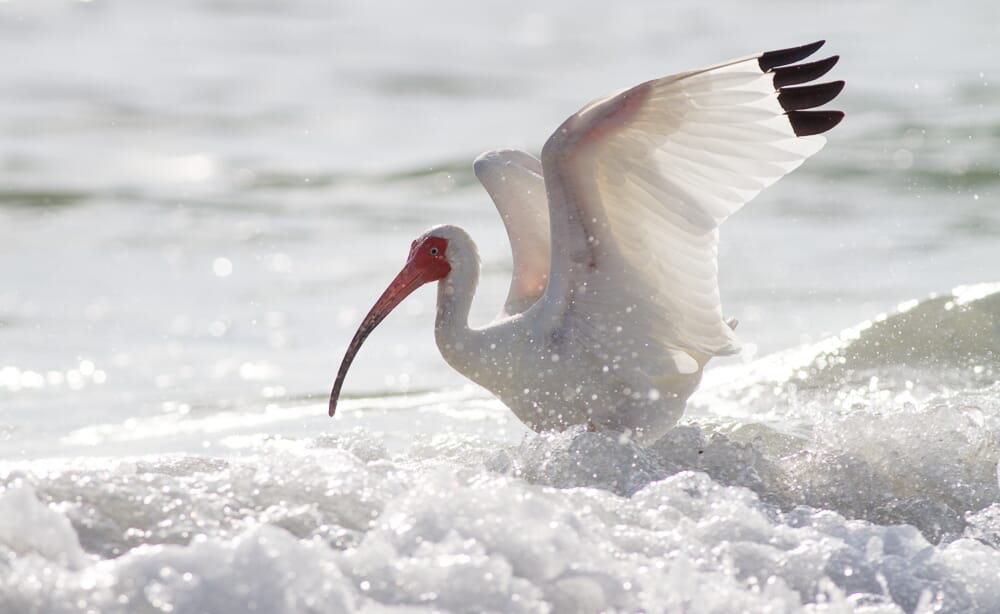
Recent autofocus systems have also added technology such as Eye AF, which detects the eyes of your subjects (generally people, but sometimes animals, too), and grabs focus.
Autofocus: Cons
While autofocus is generally very accurate, it tends to fail in specific situations.
In particular, autofocus systems depend on contrast to identify subjects–and when the contrast disappears, so does an AF system’s ability to grab focus.
So autofocus systems will predictably fail when shooting in heavy backlight, where contrast is very minimal.
AF systems also do poorly in low light, because your camera needs light to decide where to focus. While recent autofocus systems have improved, there will eventually reach a point where every lens fails to focus (though this can vary a lot from camera to camera).
Third, autofocus doesn’t do well when there are many objects in the scene; it becomes easily distracted by foreground objects, while you might want to grab focus on something in the midground or background.
For instance, if you try to focus during heavy snowfall, you may end up with issues. The snow catches the attention of the AF system, resulting in hunting and missed focus.
Fourth, autofocus isn’t especially precise. If you want to nail focus at a particular spot off in the distance, you can easily get near it with autofocus. But you probably won’t hit it exactly, which is a problem in genres such as landscape photography, where you need to repeatedly target a specific (hyperfocal) distance, or in portrait photography, where you need to target the subject’s nearest eye.
(Though, in this latter case, Eye AF has helped a lot!)
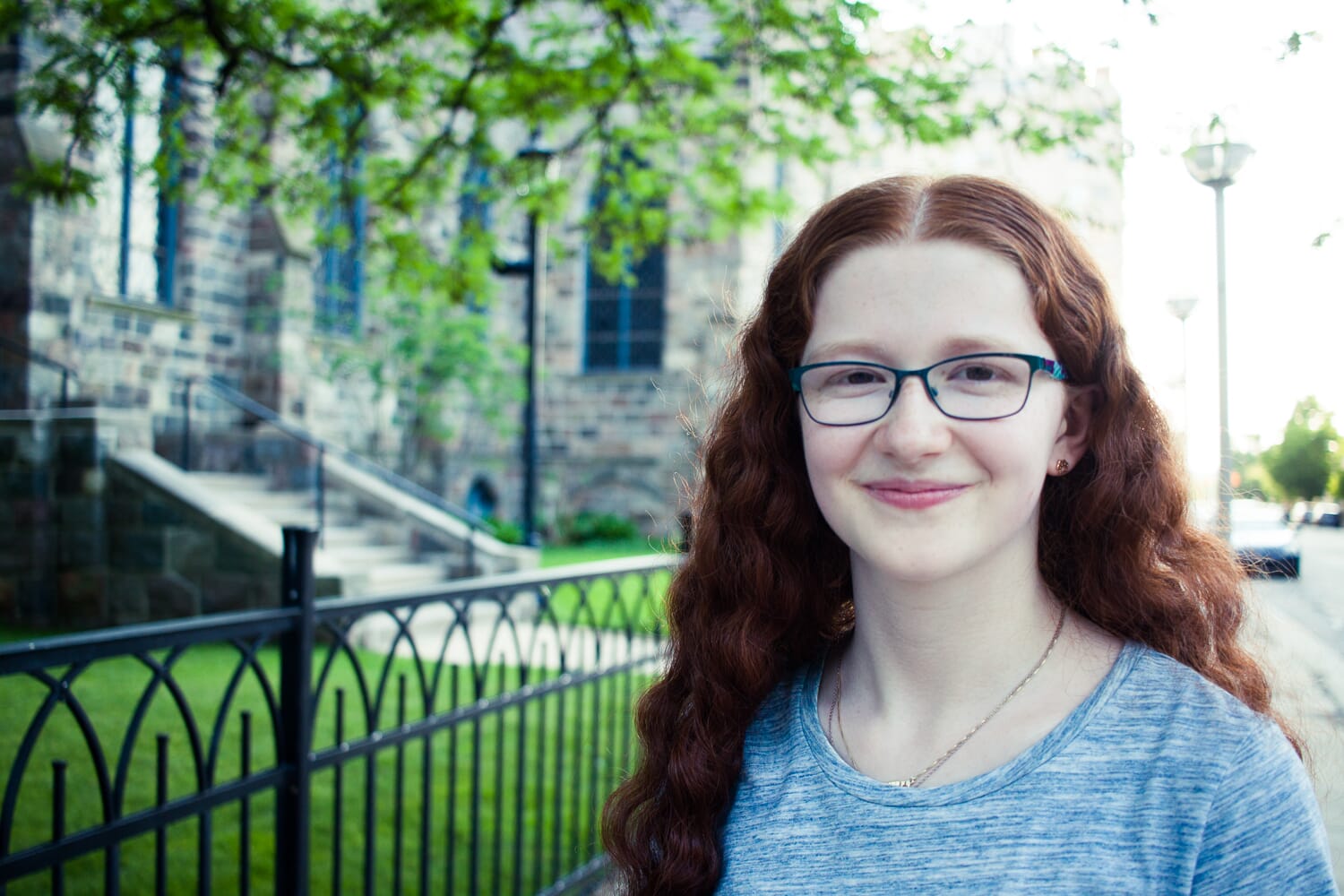
Fifth, autofocus struggles to work when shooting at high magnifications. If you take a macro lens and try to photograph a close-up subject, the autofocus will hunt like crazy–and you’ll probably be forced to give up in frustration.
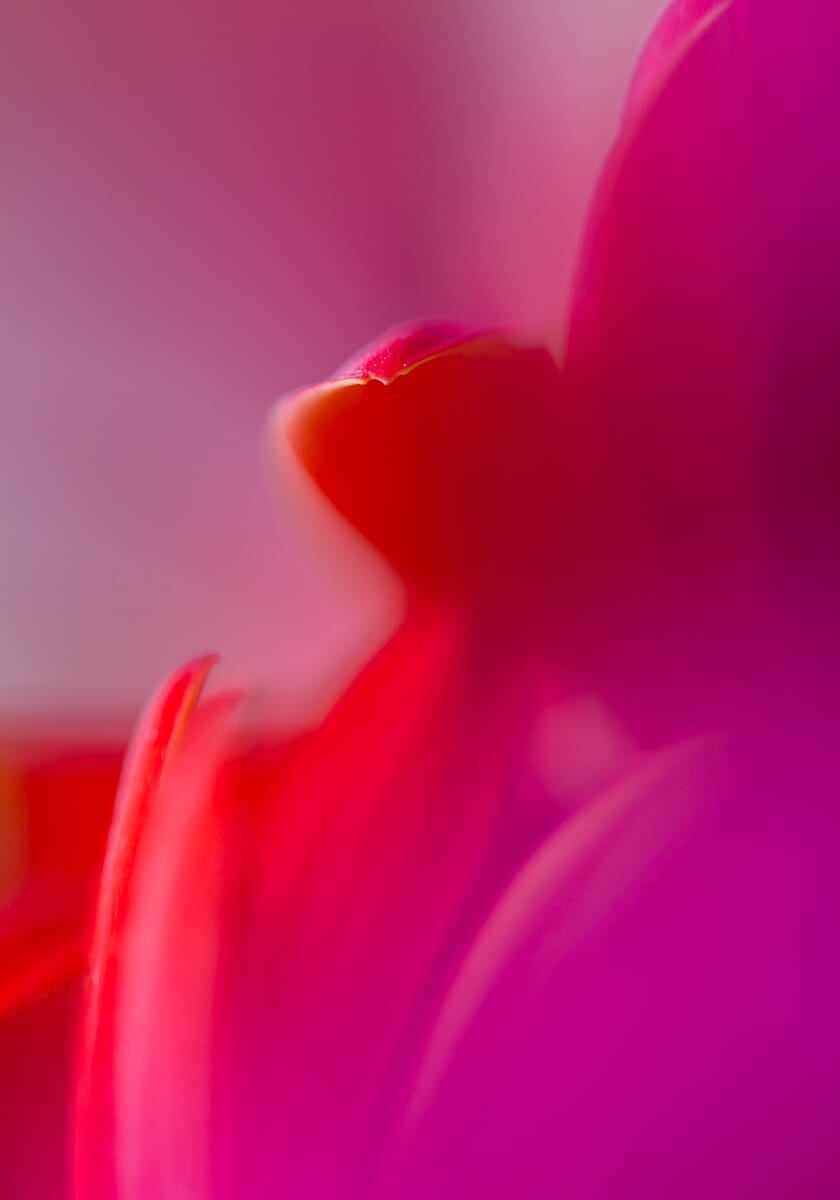
And finally:
While autofocus is fast, it also comes with a slight lag. It takes time for the focusing motor to work.
So that’s always something to be aware of, especially if you’re doing action photography.
Manual Focus: Pros
Focusing manually is very precise–which means that you can carefully pick your point of focus from a chaotic scene.
In tricky situations, manual focusing can also be a lot more reliable than autofocus, because you use your eyes to direct the focusing (and your eyes are much better at seeing than your camera’s AF system!).
Manual Focus: Cons
While there are a few exceptions, manual focus is generally far slower than autofocus.
This means that manual focus performs poorly when dealing with action scenarios, such as birds in flight or sports players running.
Also, manual focus requires that you, as the photographer, choose the point of focus.
This is often fine, but there are situations where you want to trigger a shot but can’t see to focus manually, such as when you’re shooting from the hip (e.g., you have your camera hung around your neck or held at your waist while you fire off some shots).
Of course, you can always focus manually in advance. But that’s not always the best approach, especially if you’re aiming for an artistic, shallow depth of field look.
When Should You Use Autofocus?
I recommend using autofocus all the time–except for a few specific scenarios where manual focus is better.
Specifically, if you’re photographing wildlife on the move or birds in flight, use autofocus. If you’re photographing street subjects while casually walking around, use autofocus. If you’re photographing pets at play, use autofocus.
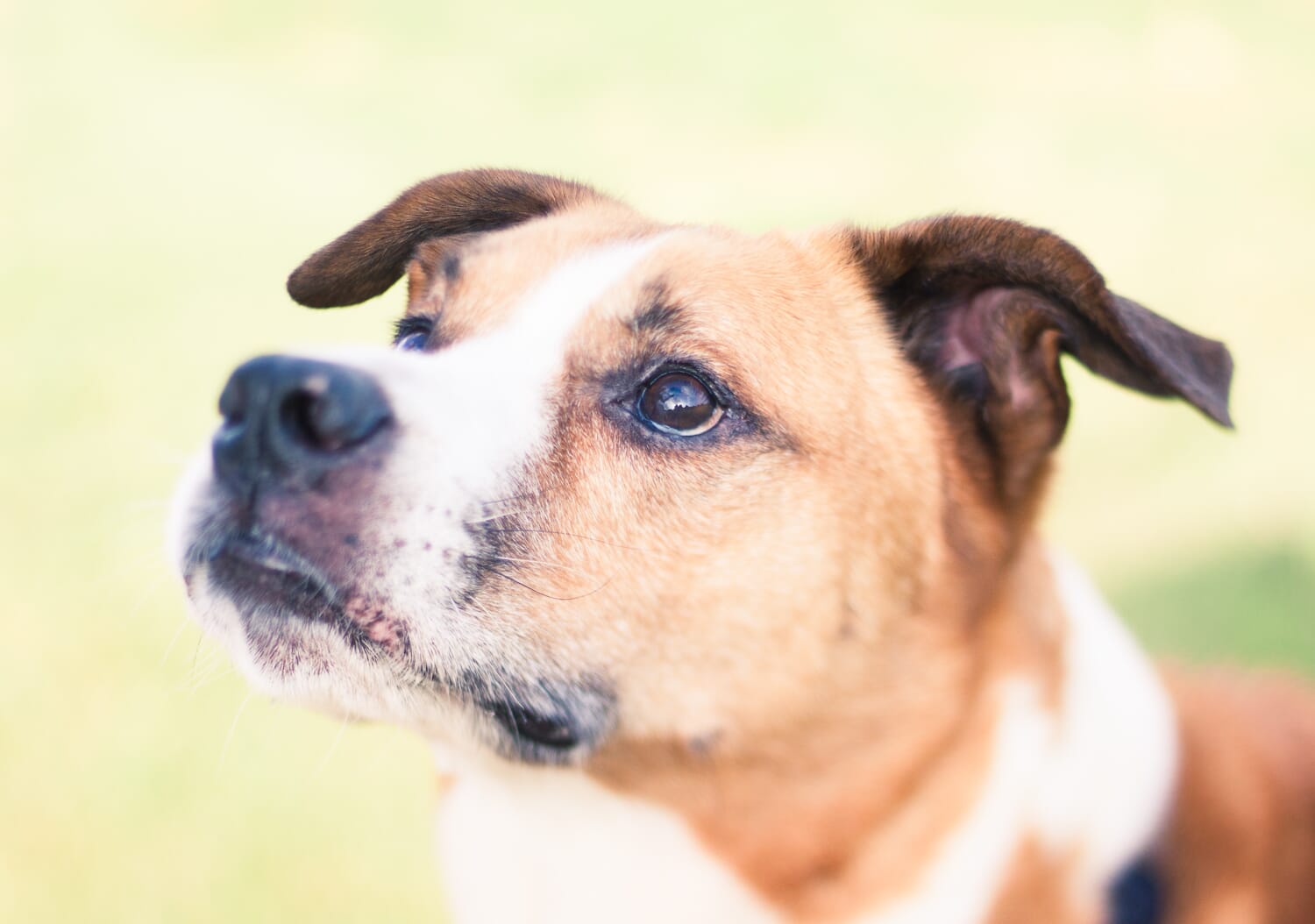
Basically, use autofocus as your default, and only switch to manual focus when necessary.
When Should You Use Manual Focus?
Manual focus is slow.
Which means that it’s best avoided, unless your autofocus is really, really struggling.
That’s why I recommend only using manual focus in these specific scenarios:
First, you should use manual focus when you’re doing macro photography. Focusing at high magnifications is just too much for autofocus systems to handle, and they’ll just hunt and hunt and hunt until you become very frustrated.
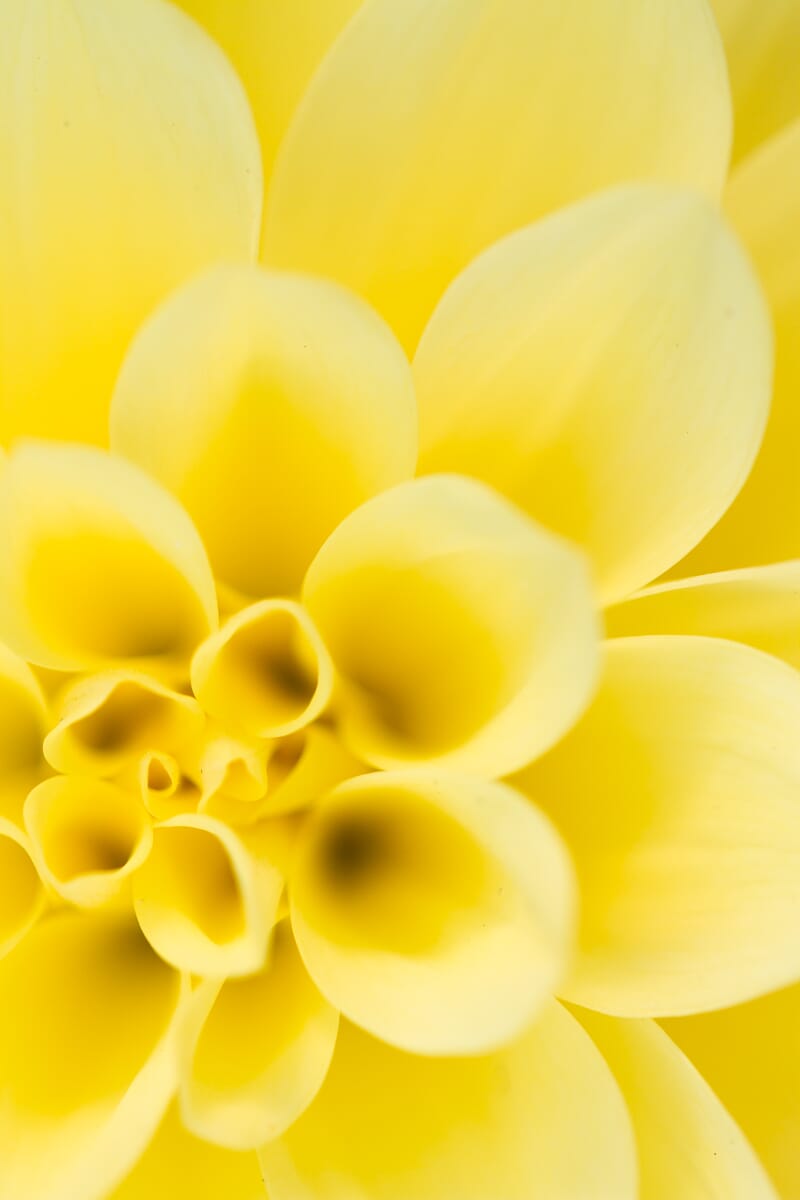
Second, you should use manual focus when you’re doing any sort of deep landscape photography.
What do I mean by this?
I’m referring to times when you have a scene with a decent amount of depth–a rock in the foreground and mountains in the background, or even just a person in the midground and mountains in the background.
You see, times like the ones described above are when nailing the hyperfocal distance becomes very important. And if you want to get the hyperfocal distance spot on, you’re probably going to want to focus manually.
Third, you should manually focus if you’re doing complex focus bracketing (also known as focus stacking). Focus bracketing involves focusing at several different places throughout the scene, then merging the resulting shots together in a post-processing program such as Photoshop.
Related Post: Focus Stacking using Lightroom & Photoshop
Now, if you’re just taking a few shots at large intervals, you can get away with using autofocus.
But if you’re taking, say, five or more shots, manual focus is the way to go–it’ll ensure that you get the precise points of focus that you want, which will in turn make for a successful result.
Fourth, you can use manual focus if there are a lot of distracting foreground elements. I mentioned the pitfalls of autofocusing in snow, and that is a good time to use manual focus. But you may also want to use manual focus if you’re photographing a person through tree branches, or a zoo animal through a fence.
Fifth, you can use manual focus when you need to nail a precise point of focus, but your camera can’t quite get it right. This is a common problem when photographing portraits; you need the eye in focus, but your camera keeps targeting the nose or forehead instead. So you switch to manual focus, and quickly ensure that the eye is sharp.
Make sense?
Sixth, you should use manual focus when you’re shooting nightscapes of any sort. For instance, astrophotographers pretty much always focus manually, and it’s because there’s just not enough light to get a good result when autofocusing.
Finally, manual focus is a good option if you’re dealing with a fast-moving scene, but you know where your subject is going to be in advance.
For instance, if you’re photographing a bird that keeps flying to the same perch, before quickly taking off again, autofocus may be too slow to lock on the perch in the moment.
But if you pre-focus on the perch, then–as soon as the bird flies in–you can fire off a few shots, and get one or two that are perfectly in focus.
This is also a technique that street photographers use, by the way; they’ll find an interesting background in advance, then prefocus in the scene. When a person walks through, they’ll snap the photo!
Manual Focus Vs Autofocus: Conclusion
Now that you’ve finished this article, you know all about manual focus vs autofocus.
And you hopefully understand what makes the most sense for the situation!
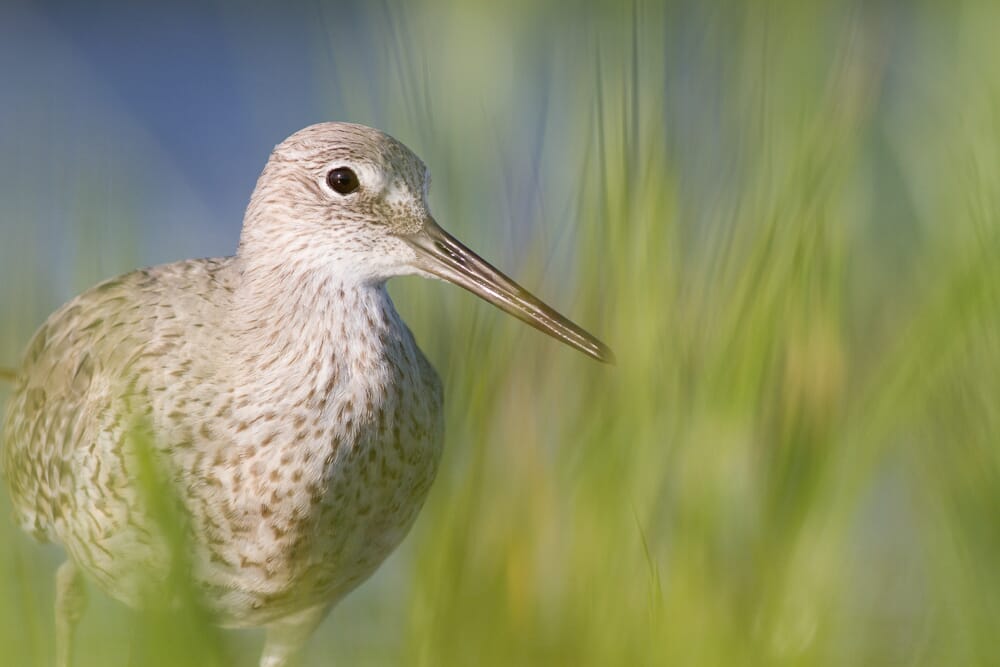
That way, you’ll know which type of focusing to use…
…no matter the situation.
Which is better, autofocus vs manual focus?
That really depends on what you’re shooting! Most of the time, autofocus is going to be the better option. But there are times when manual focusing is a great idea, especially when you’re dealing with high magnifications, low light, foreground distractions, and more.
Is autofocus faster than manual focus?
In most cases, yes, autofocus is faster than manual focus. But when autofocus struggles, such as in low light or at high magnifications, then manual focus will technically be faster; after all, you won’t have to wait while your lens hunts back and forth forever!
Do some photographers use manual focus all the time?
Macro photographers tend to use manual focus pretty regularly, especially those that shoot still subjects (e.g., flowers, leaves, and other small details). This is because macro photographers often have very precise points of focus they want to nail, plus lenses just autofocus very poorly when shooting close up. Some landscape photographers also use manual focus most of the time, especially those that do focus stacking, or who often shoot deep scenes (that require a careful hyperfocal distance focus point).
Which photographers use autofocus all the time?
Sports photographers use autofocus almost without exception. This is because sports photography is extremely difficult to do without advanced tracking algorithms–so sports shooters tend to activate autofocus and leave it activated whenever they go out to shoot. The same is generally true of bird photographers; I’m a bird photographer myself, and I very rarely use manual focus (though I have switched over to manual focus when shooting heavily backlit birds).
